President Donald Trump achieved what past Republican leaders could not—eliminating all federal funding for the Corporation for Public Broadcasting (CPB), the nonprofit that supports public radio and TV stations nationwide.
On July 18, Congress passed a $9 billion rescissions bill that included a $1.1 billion cut to CPB. This move slashed funding for NPR and PBS—networks Trump frequently criticized as biased—and left local stations struggling to fill budget gaps.
“For nearly 50 years, lawmakers from both parties valued public media, especially in rural areas,” said Tami Graham, executive director of KSUT in southwest Colorado. “They knew how important public radio and TV were. Not anymore.”
KSUT, one of the first tribal-run stations founded by the Southern Ute Indians, serves multiple Native communities in Colorado and northern New Mexico. Graham said the station plays a crucial role in connecting people and delivering local news and emergency updates.
Now, KSUT faces a $330,000 shortfall—20% of its annual budget.
Nearby stations like KDUR at Fort Lewis College expect to lose around 20% of their funding, while KSJD in the Durango area is losing a third of its budget.
KSUT may have to cut national programs like Morning Edition and BBC World News and local shows like Native Voice 1, which focuses on Indigenous issues. While tribal stations may qualify for restored funding through a carveout in the bill, Graham doubts it will be enough.
“It feels like a Band-Aid—or maybe just a political move to get the bill passed,” she said. “Even if we qualify, I don’t think we’ll actually see the money.”
In May, KSUT joined Colorado Public Radio and Aspen Public Radio in suing Trump, arguing that the executive order behind the funding cut violates free speech rights.
“It’s especially heartbreaking for Native Voice 1,” Graham said. “These are severely underserved communities. They rarely get heard.”
A Longtime Political Target
Republicans have targeted CPB since it was created in 1967. Congress formed it to preserve educational and cultural programming, fearing commercial interests would dominate radio and TV.
By 1972, President Nixon tried to eliminate its funding, upset over what he called “the liberal hour” on a news show. Later, Presidents Reagan, George H.W. Bush, and Newt Gingrich made similar attempts, only to back off when they saw how popular public broadcasting remained—even among conservatives.
Trump, however, followed through—possibly because fewer Americans rely on public media today, making the move less politically risky.
Graham disagrees.
“Republicans keep saying, ‘It’s 2024, there are so many ways to get information,’” she said. “But in rural and tribal areas, we don’t have reliable internet or cell service. If there’s a wildfire or flood, we rely on local radio.”
Tim Russo, station manager at KGNU in Boulder, shared the same concern. KGNU is losing $155,000—15% of its budget.
CPB funding supports staff, equipment, and systems like the public radio satellite that transmits emergency alerts.
“Think about the Fourmile Fire, the Gold Hill Fire, the Jamestown floods,” Russo said. “We’ve had one disaster after another. People in the foothills depend on KGNU. We cover emergencies that bigger stations can’t.”
With 400 active volunteers—half of whom create on-air content—KGNU runs on community support.
“But we don’t have anywhere to cut,” Russo said. “We already run on a shoestring. It’s going to be even tougher now.”
Rural Stations Hit Hardest
High Plains Public Radio (HPPR), based in Garden City, Kansas, runs KCSE in Lamar and KZNK in Brewster, Kansas—serving much of eastern Colorado.
HPPR now faces a $500,000 cut over two years—15% of its budget—and a $68,000 loss in shared tech support for things like music licensing.
Executive director Quentin Hope announced plans to cut costs, use reserves, and boost fundraising. HPPR also hopes to build an endowment for future stability.
In the short term, though, the Brewster station could shut down. It’s a 100,000-watt facility with high operating costs. One option is reducing the station’s signal range.
“That means instead of reaching all of Kit Carson County, the signal might cut off at the state line,” said Abby Killingsworth, HPPR’s development director. “That’s what rural impact looks like. One lever we can pull is lowering power use.”
She noted that utility and engineering costs are already high due to the region’s size and weather, even though the population is small.
CPB funding supports these sparsely populated areas—where local donors and sponsors can’t keep a station running. Killingsworth said these communities have the highest participation rates, but it’s still not enough.
“These listeners are incredibly loyal,” she said. “But we just don’t have the financial base of metro stations. That’s why rural stations suffer most.”
Still, she’s staying hopeful.
“We’re focused on moving forward,” Killingsworth said. “We can’t change the past. But we can reshape HPPR’s future.”
Russo at KGNU feels the same. He’s already seen community support help close the funding gap—and so has KUNC in Greeley.
His biggest worry is for the smaller, rural, and tribal stations that don’t have the same resources.
“Community radio is resilient,” Russo said. “KGNU will lean on our listeners. I just hope the community leans back—not just for us, but for all of public media.”
This article has been carefully fact-checked by our editorial team to ensure accuracy and eliminate any misleading information. We are committed to maintaining the highest standards of integrity in our content.

Katie is a senior who has been on staff for three years. Her favorite type of stories to write is reviews and features. Katie’s favorite ice cream flavor is strawberry.
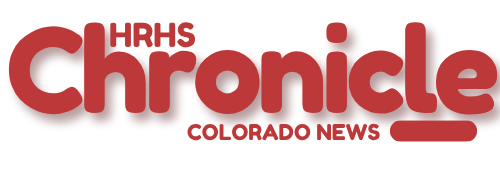
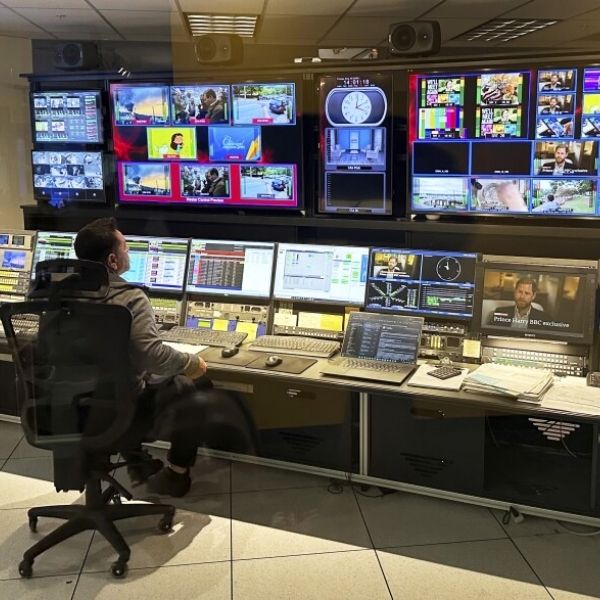

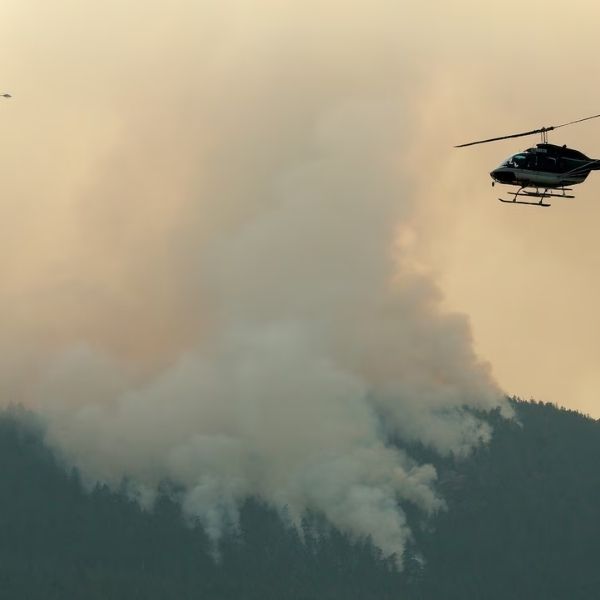
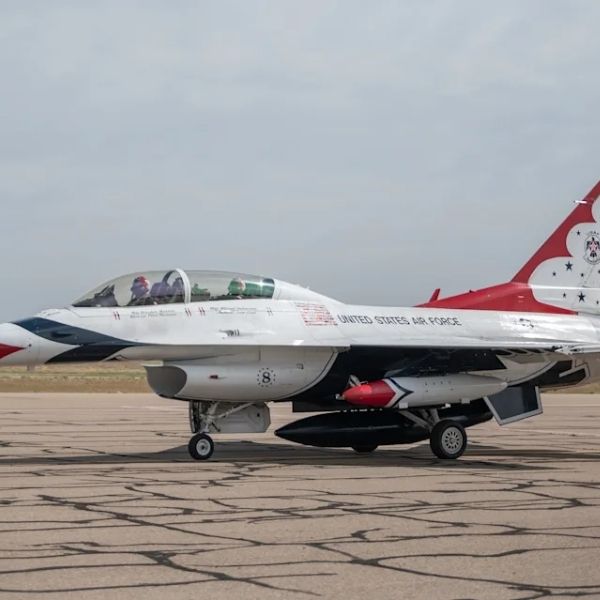
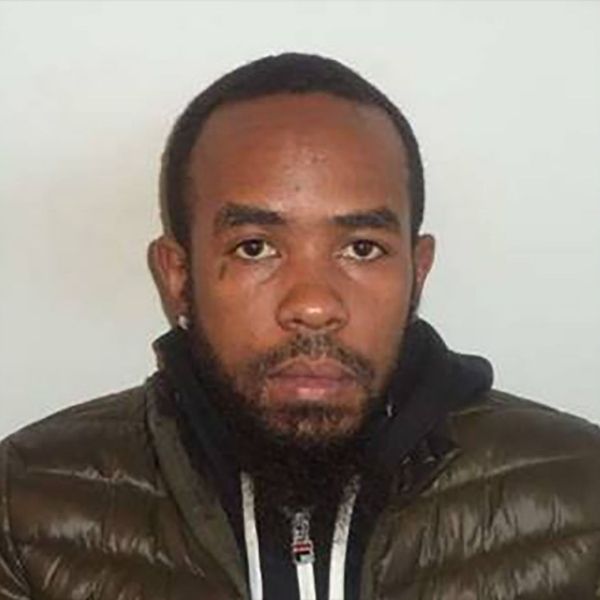
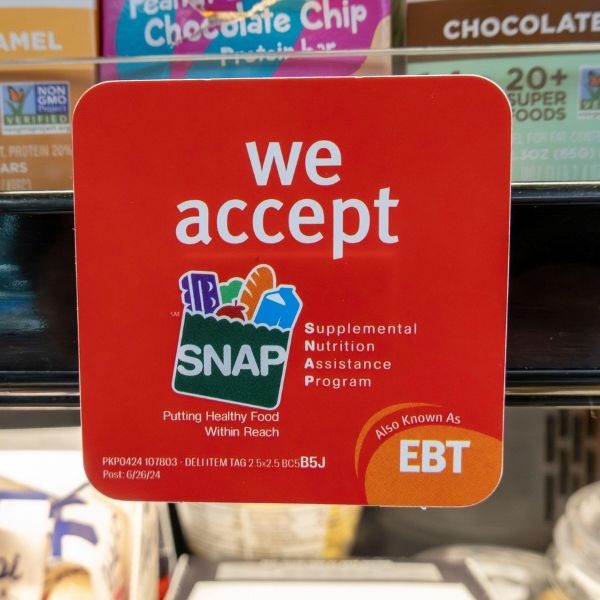

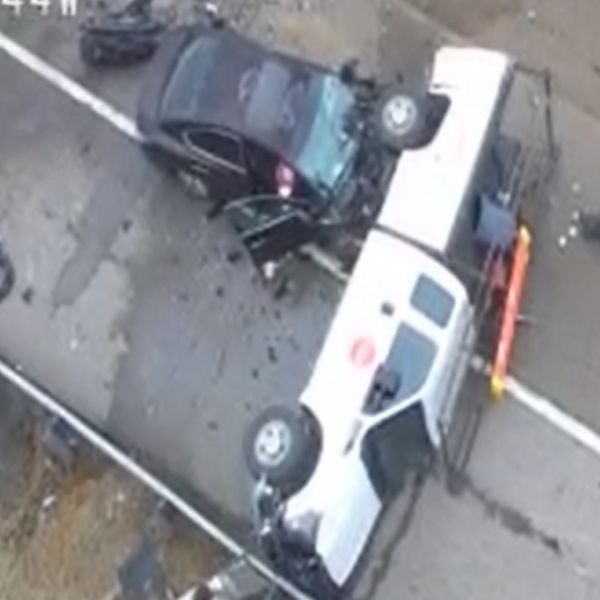
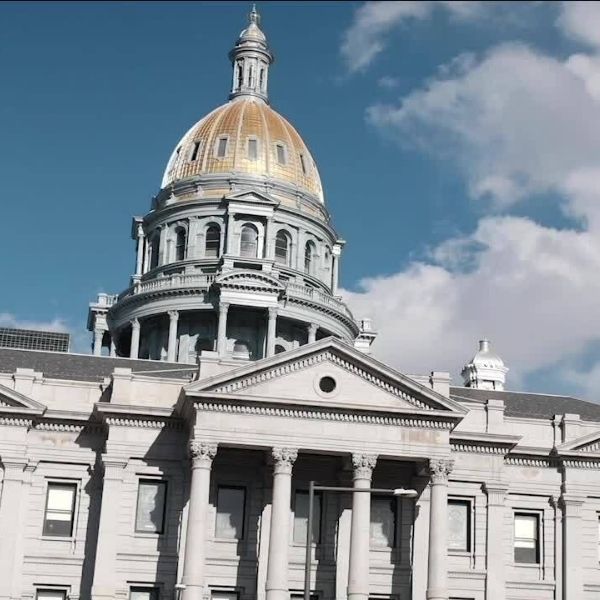
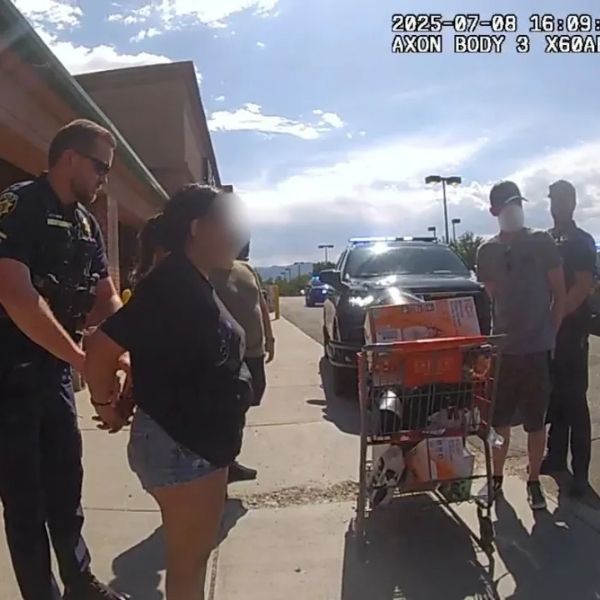
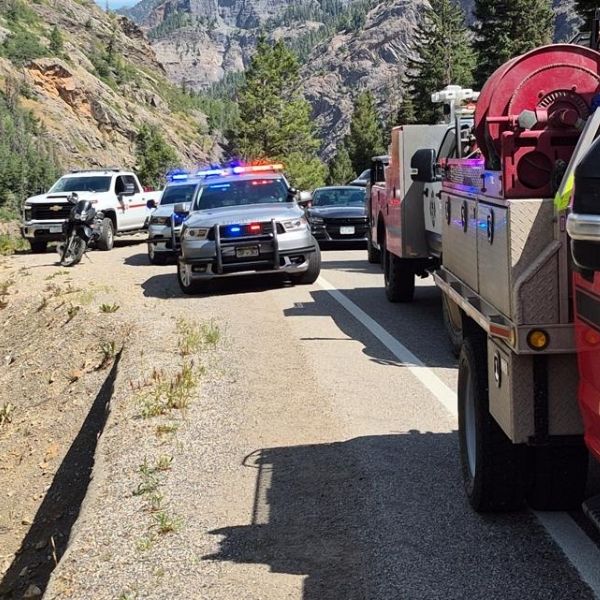
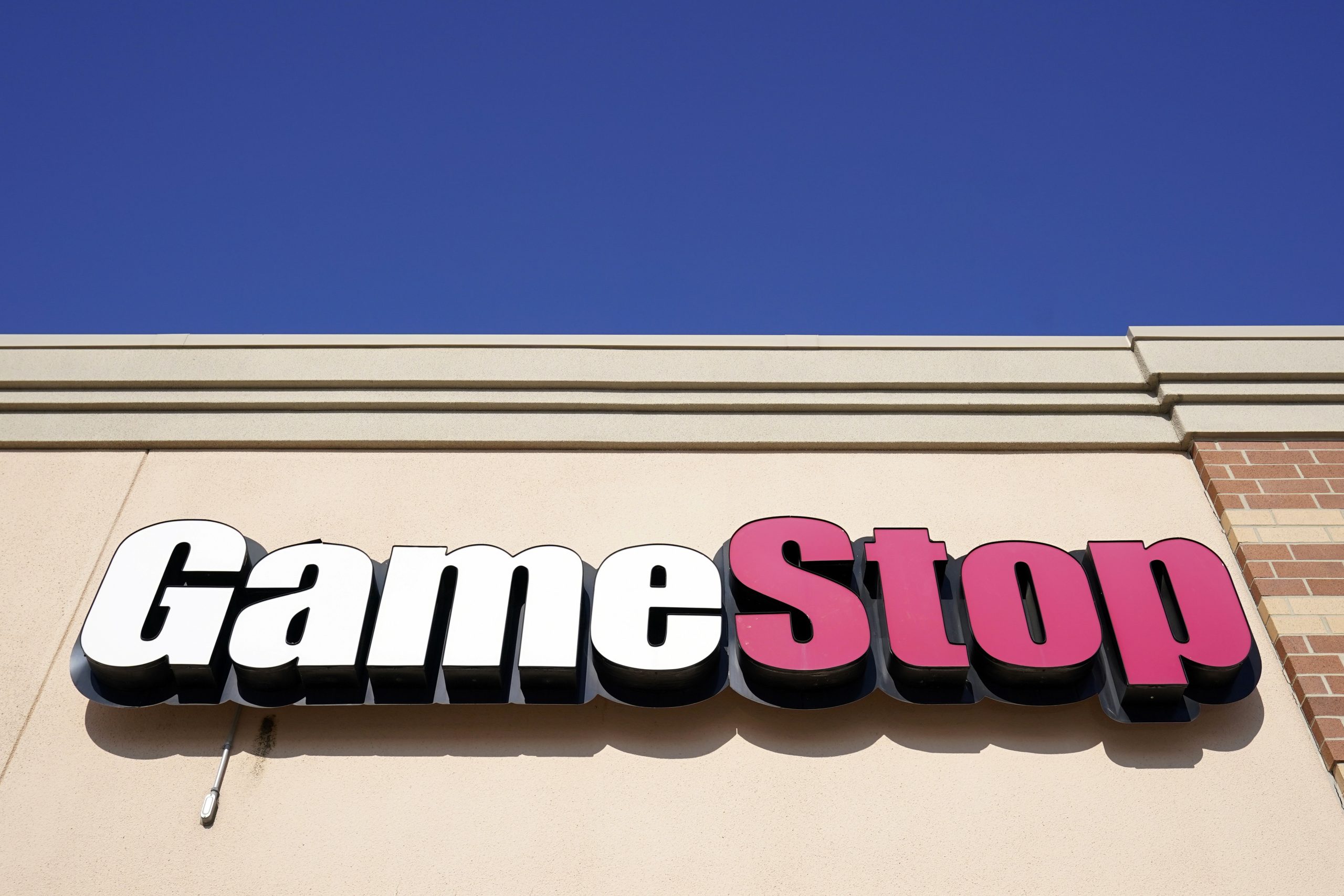


Leave a Reply